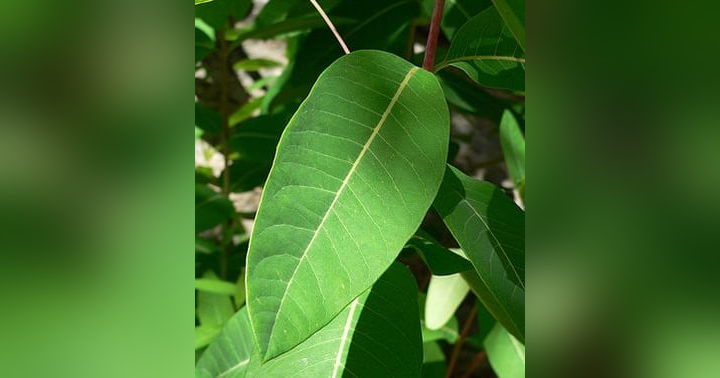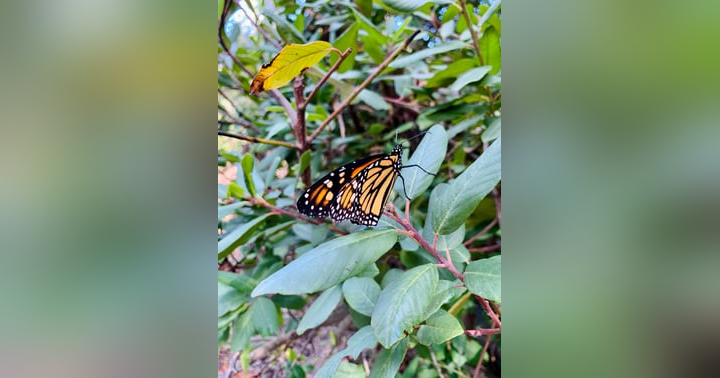🏔 A keystone in thin air

Or how I found love at 9,500 feet
Two weeks ago, hiking around Mammoth Lakes in the Eastern Sierra with my family, I encountered the whitebark pine for the first time I can remember.
The tree was so omnipresent that my chance encounters with it that day started to feel like an overwrought romcom meet cute.
“Oops! I tripped over your root—how embarrassing!” Good thing I’ll never see you again…oh wait, you’re everywhere!
Soon, the tree had my full attention. Here’s one growing straight out of granite, there are dozen seedlings, here’s a fallen giant, a fracture spiraling up its weathered trunk, pointing, at last, to a clear subalpine lake.
But it was the bark I noticed first.
This wasn’t the warm-toned, deeply furrowed bark of the coast redwood (the softness of which you can feel, even now, in your hands) or the chunky brown, almost black-veined bark of the Ponderosa pine. Nor was it the yellow-gray paper of the California juniper.
This was something else entirely, and it was instantly noticeable even to a conifer novice like me.
The bark of many of the whitebark pines I saw, in blatant defiance of their common name, was almost cinnamon in color, with a yellow undertone and a fine kind of papery texture evocative of scales. Other individuals looked buttery yellow, and still more had a grayish white bark more closely reflecting their name.
|
|
Without cell service and unable to immediately take my questions to Google, I focused on firsthand observations of the tree—its relationship with stone, its spacing on the land, the number of needles in one of its bundles (five), the feel of the bark, its strange spiral growth pattern, the flittering wings disappearing into its branches.
By the end of my first day among the whitebark pines, I was burning to know more about this tree, whose name I didn’t yet know, and took advantage of the hotel WiFi as soon as the kids were in bed.
Here’s what I found, filtered, of course, through my own immediate affection for these trees.
Whitebark pines are frequently the highest elevation pines in their range, meaning that they often mark the tree line, even if they do so in a dwarf form, constrained and disfigured by the stressful high elevation environments at the top of their range.
Between 9,000 and 10,000 feet where I hiked, the trees were still large, commanding, and ubiquitous. They even grew out of crevices in exposed granite, subsisting on the accumulated duff and soil that had come to rest there by chance.
And this stressful environment might explain the trees’ spiral growth pattern, which may occur to help the tree distribute resources evenly to its branches or to survive stressful living conditions such as high wind and heavy snow.
But perhaps my favorite thing about the whitebark pine is its relationship with other species. As a keystone plant, this tree feeds bears and other critters while also slowing snowmelt and consequently prolonging stream flow in the warmer months. Calscape also lists a whopping 68 species of butterflies and moths that are likely supported by the whitebark pine.
|
|
But it’s another winged being that has developed the most iconic whitebark pine relationship of all. The Clark’s nutcracker can cache up to 100,000 whitebark pine seeds in a year, some of which are inevitably not needed or forgotten by the bird. As a result, a cache occasionally sprouts into a little clump of trees growing closely together. Keep an eye out for these clumps if you’re ever exploring high elevation whitebark pine forests.
You can see the range of these trees on the map below, which I found during a bout of whitebark pine sleuthing and was not at all surprised to find was created by conifer expert and GSN podcast guest Michael Kauffmann.
|
|
Sadly, though, not everything I learned about whitebark pines was good news or an inspiring story of beautiful interspecies relationships.
Two years ago, the whitebark pine was listed as threatened under the Endangered Species Act.
White pine blister rust (an introduced fungal pathogen), mountain pine beetle outbreaks, and changing fire patterns due to climate change all threaten whitebark pines. According to American Forests, more than 325 million whitebark pines have likely been lost already.
I just met these trees, and I’m already afraid we’re going to lose them.
But they’re not without hope.
Several conservation organizations and government agencies are working to save the whitebark pine, and I’m just as fascinated by their methods as I am by the pines themselves.
A multifaceted problem requires multifaceted solutions, including, in this case:
-Affixing pheromone pouches to healthy whitebark pines to deter beetle infestations (the pheromones tell beetles that the tree is already full of beetles and they should keep moving)
-Monitoring forests to find individual trees that have survived white pine blister rust in the area
-Collecting seeds from those resistant trees, planting them in a nursery, and infecting the seedlings with white pine blister rust (!!!)
-Monitoring seedlings over time to see which ones to survive
-Planting out the most resistant individuals into ideal whitebark pine habitat areas in need of restoration
Basically, managers are pressing a finger on the pines’ side of the scale. They’re speeding up and amplifying the trees’ collective ability to survive a deadly pathogen.
They’re protecting a species that gives so much to other species, including the peculiar hominids that both created this predicament and are doing everything within their power to reverse it.
So what does the future look like for these trees?
Under ideal conditions, a whitebark pine can live for over 1,200 years.
I can't see into the future, but conservation and restoration projects like the ones described above give me hope that today’s young trees will live well into the next millennium.
I'll be long gone in that future, of course, but I hope the people alive when today's seedlings have become elders can carry forward the torch of gratitude and reciprocity passed down from all of us who love these trees today.
Stay golden, friends.
Michelle






